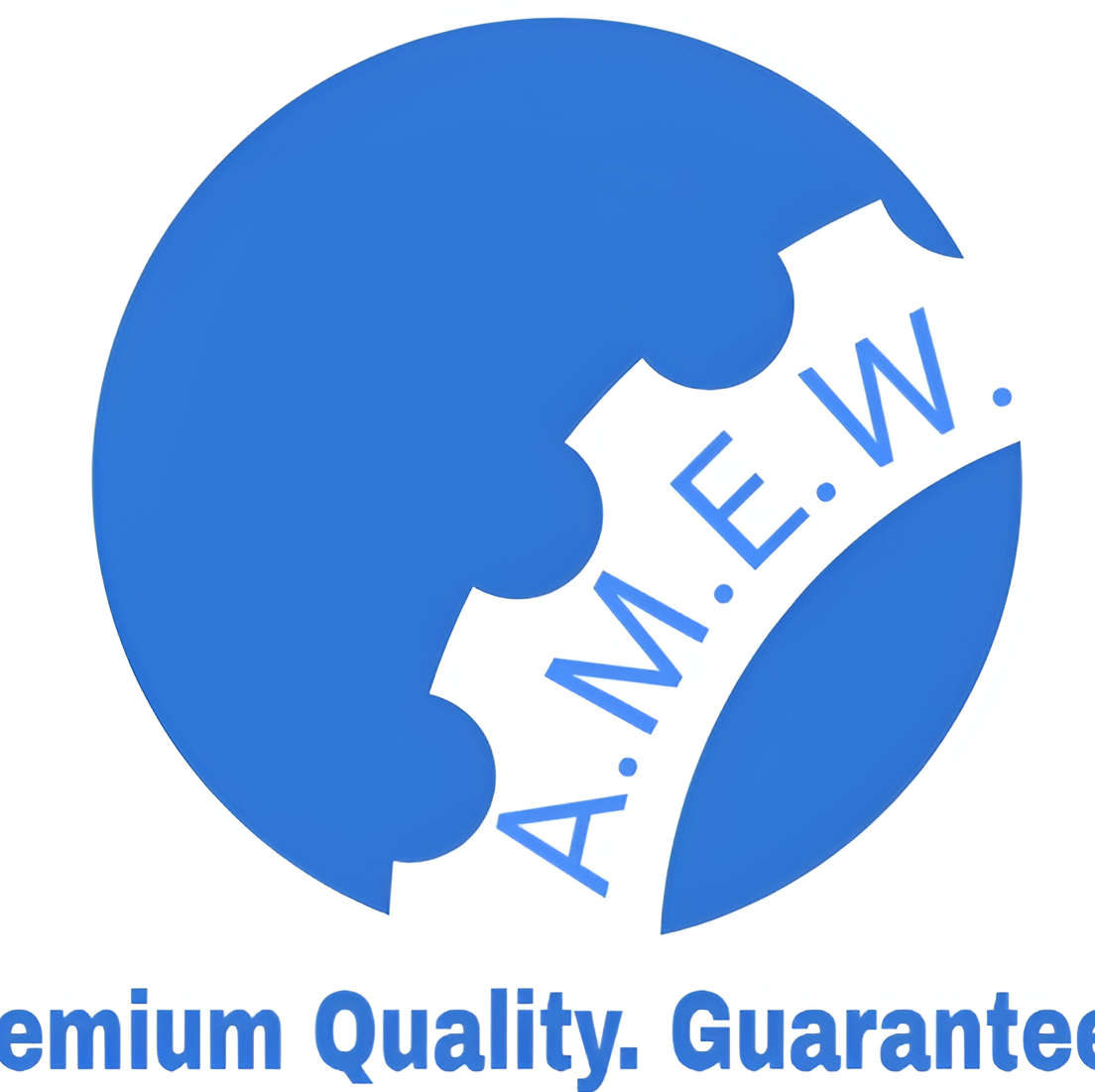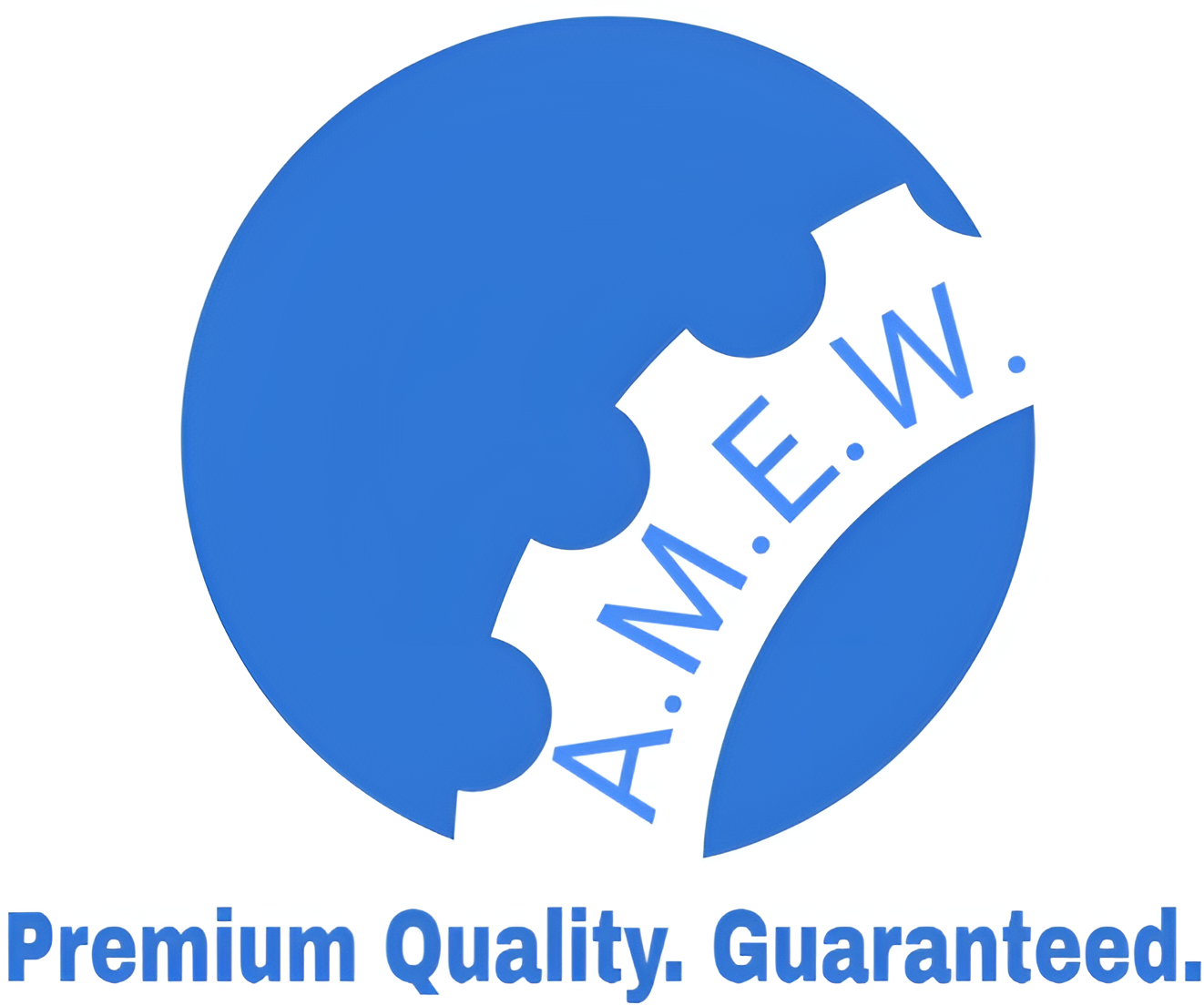Upset Forging – Process, Applications, and Benefits
Introduction to Upset Forging
Upset forging is a specialized forging process used to increase the diameter of a workpiece by compressing its length. Unlike conventional forging that changes the shape uniformly, upset forging focuses on creating a localized increase in diameter while maintaining overall strength. It is widely used for manufacturing fasteners, shafts, bolts, valves, and other precision components that require high strength and durability.
The process offers superior mechanical properties compared to machining or casting since the internal grain structure of the metal is refined and aligned during forging.
What is Upset Forging?
Upset forging, also known as heading, involves holding a metal bar in place while applying compressive force to its end, which increases the diameter of the section being worked on. This technique is commonly used for creating parts like bolt heads, flanges, and axles.
Upset forging can be performed on both hot and cold metals, but hot upset forging is the most common method due to its ability to form large and complex shapes without cracking.
The Upset Forging Process – Step by Step
1. Material Preparation
The metal rod or billet is cut to the required length. Common materials include carbon steel, alloy steel, stainless steel, copper, and aluminum.
2. Heating (Hot Forging)
The metal is heated to a temperature range of 1,000°C to 1,250°C to make it more malleable and easier to forge.
3. Clamping and Positioning
The workpiece is clamped into the die or forging machine to keep it secure during the compression process.
4. Upsetting Operation
A die or punch applies force to the end of the metal, compressing its length and increasing the diameter of the localized area.
5. Finishing and Machining
The forged piece is often machined to achieve the final shape, dimensions, and surface finish required for its application.
Types of Upset Forging
1. Hot Upset Forging
-
Conducted at high temperatures.
-
Ideal for large workpieces and heavy-duty components.
-
Reduces internal stress and increases ductility.
2. Cold Upset Forging
-
Performed at or near room temperature.
-
Produces parts with superior surface finish and dimensional accuracy.
-
Requires higher force compared to hot forging.
3. Incremental Upset Forging
-
Involves gradually upsetting different sections of a long workpiece.
-
Used for manufacturing stepped shafts or parts with varying diameters.
Applications of Upset Forging
Upset forging is used in industries where precision and high strength are critical. Key applications include:
-
Fasteners: Bolts, rivets, studs, and nuts.
-
Automotive Components: Axles, crankshafts, and steering components.
-
Aerospace Industry: Landing gear parts and structural fasteners.
-
Oil and Gas: Drill bits, couplings, and pipe fittings.
-
Construction and Heavy Machinery: Shafts, gears, and pins.
-
Valves and Flanges: For pipelines and industrial systems.
Advantages of Upset Forging
-
Superior Mechanical Strength: Aligns grain flow along the part, improving tensile strength and durability.
-
Better Fatigue Resistance: Withstands high stress, vibrations, and cyclic loading.
-
Material Efficiency: Minimal material wastage compared to machining.
-
Cost-Effective: Ideal for mass production of fasteners and precision components.
-
Improved Surface Quality: Especially in cold forging, which produces smooth finishes.
-
Customization: Can create complex shapes and varying diameters.
Materials Used in Upset Forging
-
Carbon Steel (C45, 1045): Common for general fasteners and shafts.
-
Alloy Steels (EN19, 4140, 4340): For high-stress automotive and industrial parts.
-
Stainless Steel (SS304, SS316): For corrosion-resistant applications.
-
Copper and Aluminum Alloys: Used in electrical and lightweight components.
-
Titanium Alloys: Preferred in aerospace for high strength-to-weight ratios.
Upset Forging vs. Other Forging Methods
| Feature | Upset Forging | Closed Die Forging | Open Die Forging |
|---|---|---|---|
| Shape Control | Excellent for localized shapes | Good for complex parts | Limited for precise shapes |
| Material Waste | Low | Moderate | High |
| Applications | Bolts, shafts, flanges | Gears, connecting rods | Large blocks, rings |
| Production Volume | Best for high-volume production | Medium to high | Low to medium |
Quality Control in Upset Forging
Upset forged components undergo stringent testing to ensure durability and performance:
-
Non-Destructive Testing (NDT): Ultrasonic or magnetic testing to detect flaws.
-
Hardness Testing: Verifies proper heat treatment.
-
Dimensional Inspection: Ensures accuracy of diameter and length.
-
Tensile and Impact Testing: Measures mechanical strength and toughness.
Industries That Rely on Upset Forging
-
Automotive: For manufacturing critical drivetrain components.
-
Aerospace: Forged fasteners and landing gear parts for reliability.
-
Oil and Gas: Valves and fittings that withstand extreme pressures.
-
Heavy Machinery: Shafts and pins for construction equipment.
-
Marine Industry: Corrosion-resistant fasteners and flanges.
Why Choose Titan Steel for Upset Forging?
At Titan Steel, we offer high-quality upset forging solutions tailored to your requirements.
Our Key Strengths:
-
Expertise in hot and cold upset forging.
-
Advanced CNC machining for precise finishes.
-
Use of premium-grade carbon steel, alloy steel, and stainless steel.
-
Competitive prices and timely delivery.
-
Adherence to international quality standards.
Contact Us
Looking for reliable upset forging solutions for your projects?
👉 Get a Quote or call +91 7385863226.
You can also email sales@titansteel.in or visit:
Plot No. 15, Khan Compound, Taloja M.I.D.C., Navi-Mumbai 410208, Maharashtra, INDIA.
Final Thoughts
Upset forging is a cost-effective and reliable manufacturing technique for producing high-strength components with excellent fatigue resistance. Its ability to create precise and durable shapes makes it indispensable for industries such as automotive, aerospace, and heavy machinery. Partnering with a trusted supplier like Titan Steel ensures access to superior materials and top-notch upset forging expertise.

